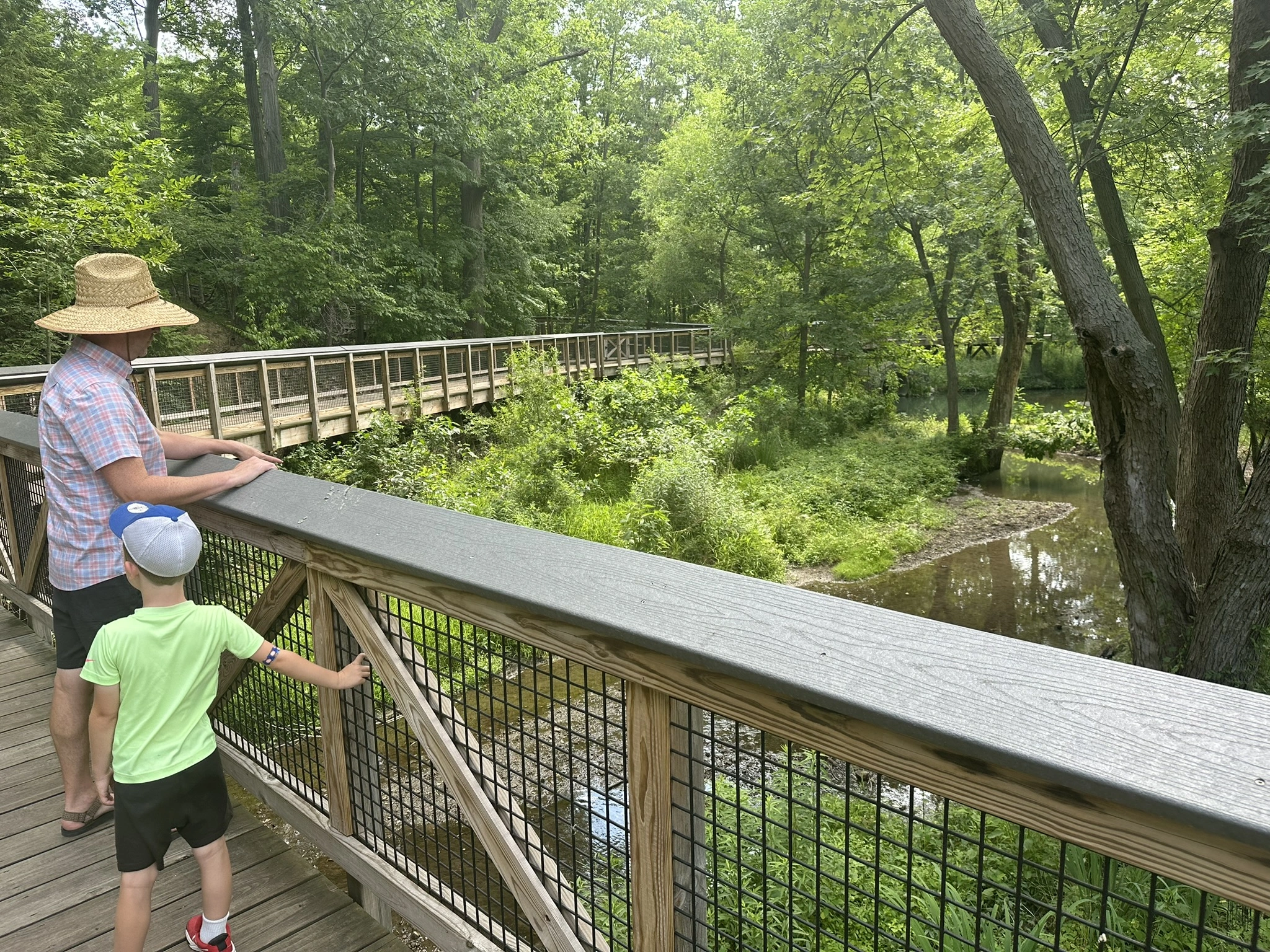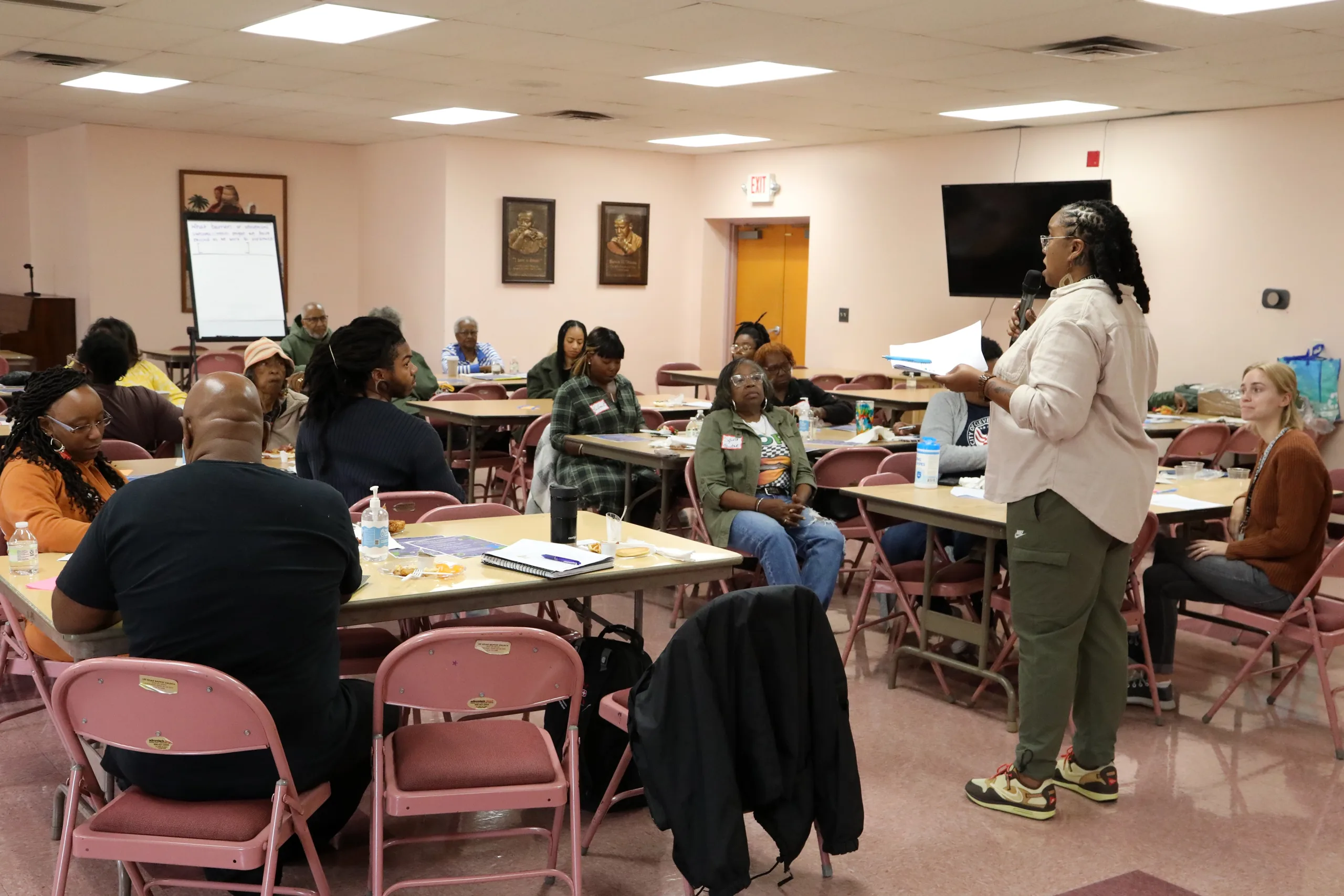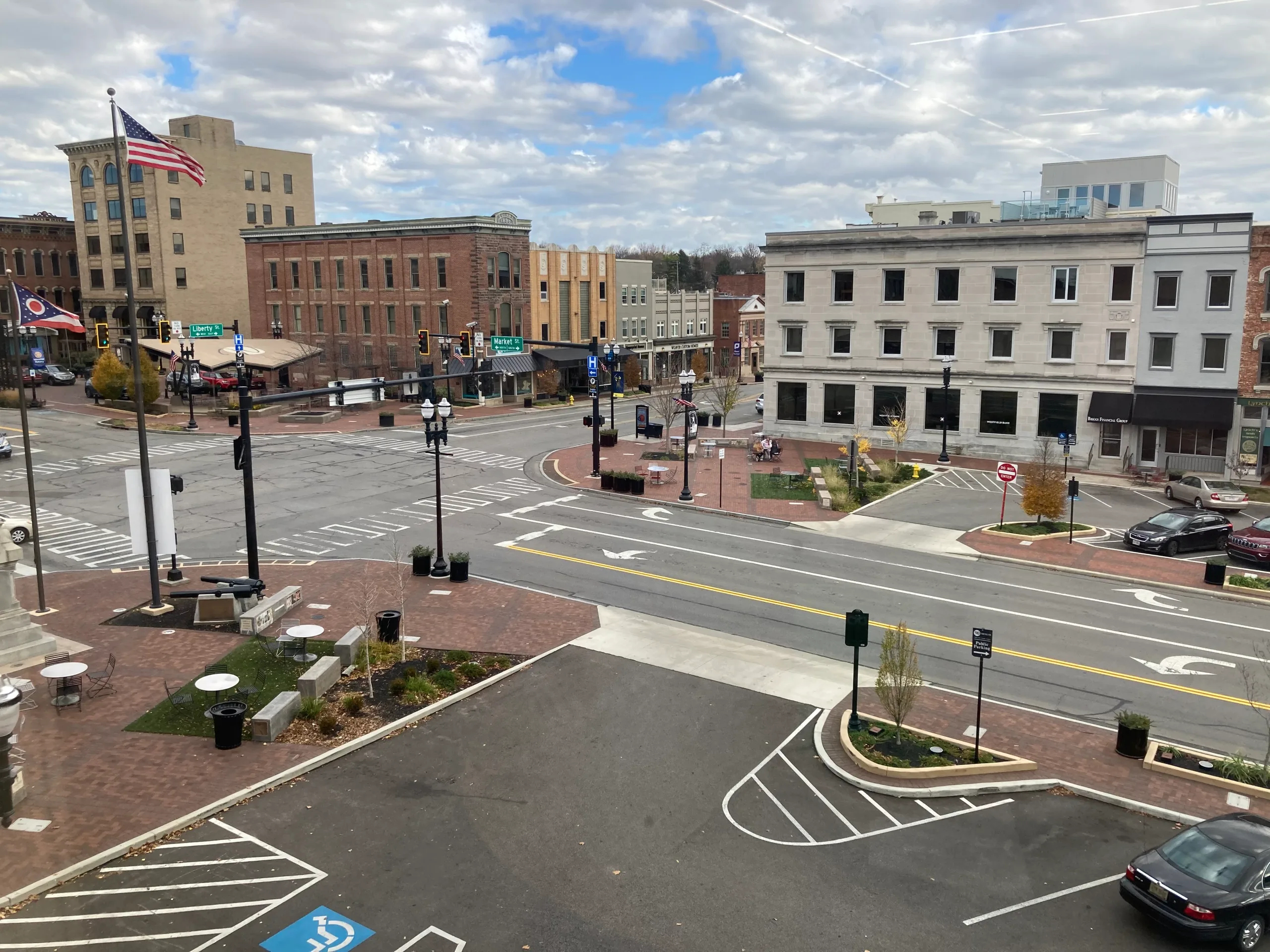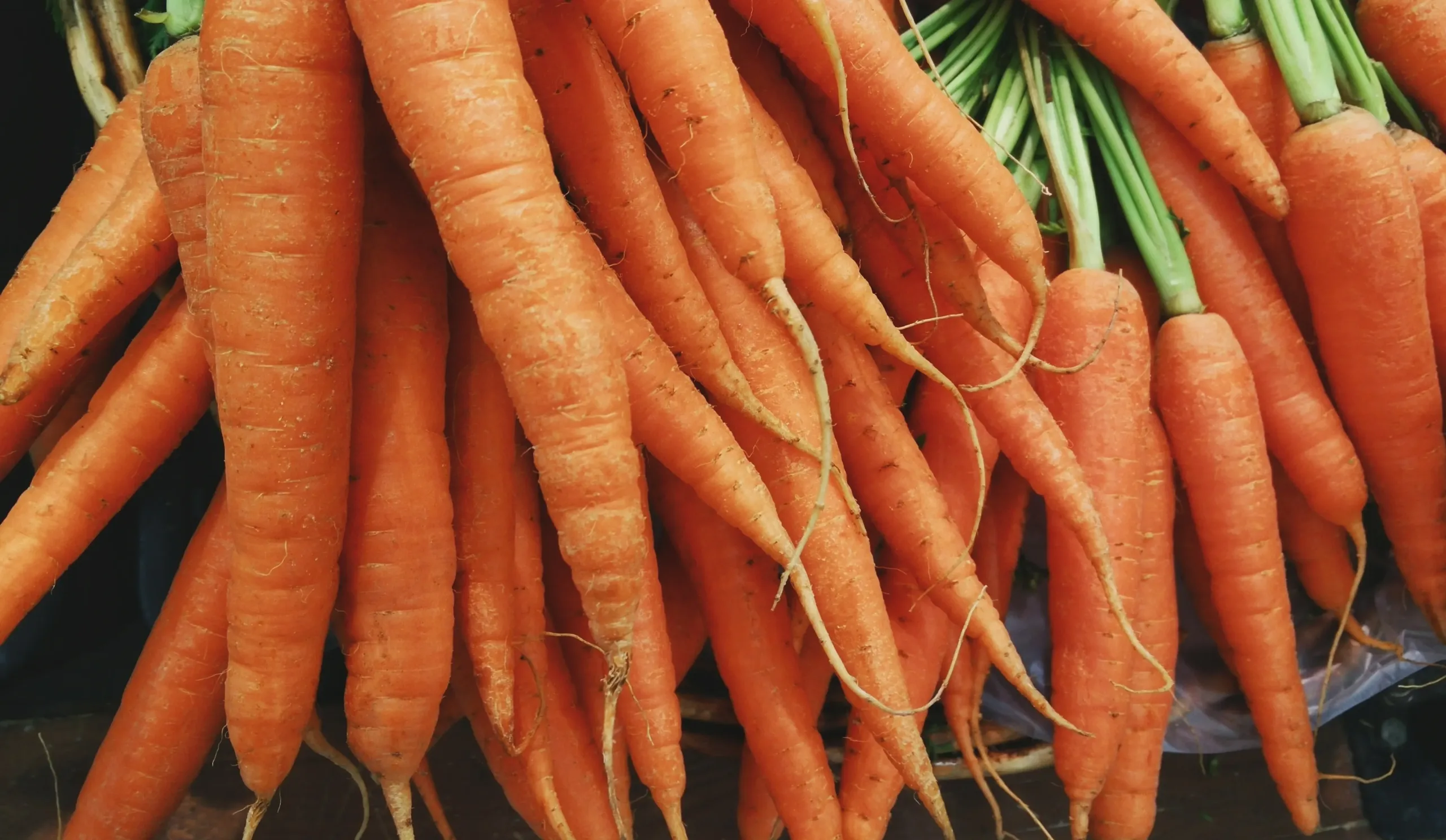
By Elizabeth Schuster, Environmental Economist
INTRODUCTION
During a webinar on planning for resilient food systems, hosted by the North American Food Systems Network (NAFSN), a participant asked:
“Can any facilitator lead a planning process to make food systems more resilient? Or does it have to be a facilitator who understands food systems?”
This got me thinking about what is similar about food system planning – and what makes it different from other types of community planning processes.
The general consensus is this: Any skilled facilitator can be successful at planning for resilient food systems.
That said, some preparation is recommended.
First, learn how to define a foodshed before you start the planning process. According to NAFSN’s new Community & Agriculture Resilience Audit Tool (CARAT):
- Think about your food system focus area as representative of a relatively small ecological niche instead of a part of the global food system. Consider defining your food system focus area along the lines of your “local foodshed” — the geographic location defined by the routes of your food system, including food producers, processors, distributors, and consumers, among others (p. 13).
Second, start by getting to know what makes food system planning different from other planning processes. The following section describes 6 factors that stand out as important.
6 THINGS TO KNOW BEFORE LEADING A PLANNING PROCESS FOR RESILIENT FOOD SYSTEMS
#1: Resilient food systems are highly complex.
Food security is often described as a wicked problem, difficult to define and challenging to solve. It’s true that other community planning processes – e.g. around health or poverty – are also complex. Still, it’s helpful to keep in mind what makes food systems complex:
- The value chain is long, from input suppliers to agriculture to food production to food processing to distribution to market to table. Many also include food waste and how it is managed.
- The stakeholders, skills and infrastructure needed at each step are quite comprehensive. If you are not aware of what should be included, make sure to have a diverse, interdisciplinary team of advisors to ensure you are reaching out to the right people with relevant experience to provide input throughout the process.
#2: Resilient food systems have strong local and community connections.
The weather, environmental, social, political, financial, and economic conditions change by location. And during planning, a strong community built on trust will form and emerge as the foundation of future successes. Here’s an example from a research project my team led a couple of years ago, funded by Ohio State University, that shows why local connections matter:
- We asked food producers what resources they needed to grow their business and access new markets. They said, “We don’t want to attend a virtual training based in California. We need our trainings to be specific to our local needs. I want them to tell us the name of the county health inspector that we should be contacting. They need to know the local markets. That’s the only way we would trust any advice given to us on how to grow our food business.”
#3: Economic systems often look different for farmers.
It helps to have a general understanding of how agricultural markets function and what drives prices and profitability. Then there are distribution channels, how they differ, and who has access. These economic systems vary substantially whether looking at urban agriculture versus commodity markets in rural areas. No one should be expected to fully understand economic systems for agriculture and food production. But it does help to know what questions to be asking. In that same OSU-funded project on helping food businesses grow, the farmers shared with us, “We find that when we hire an accountant or an attorney that doesn’t have experience with agriculture, they tend to give us bad advice.” There are many reasons agribusiness is different than other types of businesses, e.g.:
- Uncertainty with weather – drought, floods, freezing temperature, etc.
- Other risks that include pests, unexpected regulatory changes, and uncertainty in market price and input costs.
- Cash flow looks different in agriculture with the seasonality of production. The cash flow issues are amplified with farmers who move into value-added agriculture and need to add months for processing onto their already long production timeline.
#4: There are many barriers in the way of increased access to nutritious, affordable, and culturally appropriate foods for those in need.
There are numerous government and nongovernmental programs to help those who are food insecure. I’m often told that more coordination is needed among these programs, and help is needed matching up resources with the right types of programs and with diverse communities. I frequently hear about the many barriers that exist to accessing healthy, culturally appropriate foods. A University of Vermont study found that “Stigma and logistical concerns” were cited as the top barriers to accessing existing food security programs. But, it’s hard for any individual to stay on top of every food access and supplemental nutrition program that exists. It’s important to invite those with local and state-level knowledge of food insecurity programs to participate in planning meetings.
#5: Emergencies and disasters are going to keep happening and food insecurity needs to be included in disaster planning.
Climate change is already impacting agricultural production through more extreme weather events. Climate-related disasters that impact agricultural yields can include droughts, floods, wildfire, more pest and disease outbreaks, and changes in average seasonal temperatures. But here’s the thing. The same flood event that impacts agriculture often impacts food access as well. This was seen in Vermont during the summer 2023 flood emergency. Agricultural production was impacted and food insecurity saw a temporary spike as well. A food security program, Vermont Emergency Eats, was activated in response to the need. Two take homes from the economic analysis of the Vermont Emergency Eats program:
- The Vermont Emergency Eats program was an innovative program that simultaneously addressed economic resilience for food producers and food insecurity. More of these integrated food security programs are needed.
- Food security programs should not be planned and designed during the emergency. Planning and disaster preparedness is needed far ahead of the disaster.
#6: There are many specialized tools and resources available for resilient food systems.
An important new tool to consider for your next planning process is NAFSN’s new Community & Agriculture Resilience Audit Tool (CARAT). According to their website, CARAT “helps community stakeholders assess how they currently utilize the assets of their local food system to achieve a substantial level of community resilience.”
According to two of the leads who collaborated on the CARAT project, Kim Hines and Debra Tropp, CARAT:
- works best when collaborating with a wide variety of actors
- allows the community to score themselves in 7 areas (across 101 indicators; see image below)
- is user-friendly, with a simple worksheet/guide where the community can fill in the score for each indicator
- helps communities discover gaps and set a baseline.
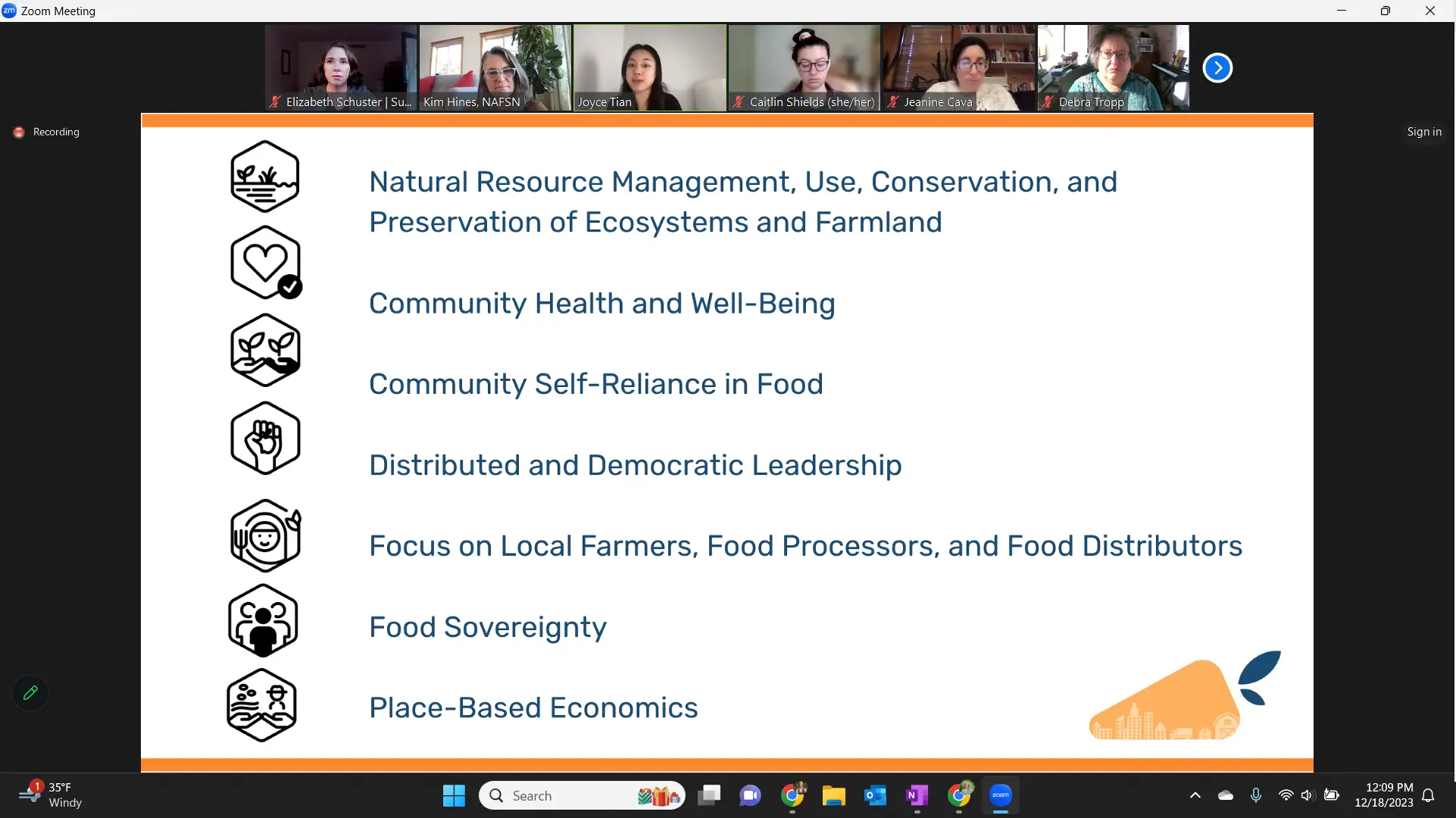
Image description: The 7 areas in the CARAT tool; image from the NAFSN webinar launching the new tool.
CONCLUSION
I hope in the upcoming years that we will see more communities planning for resilient food systems. I hope more facilitators will use the new CARAT tool. Resilient food systems are not a passing trend; they are here to stay as an important aspect of community well-being.

